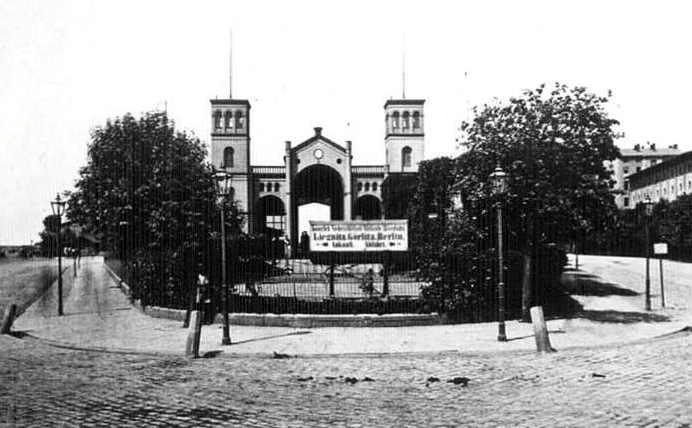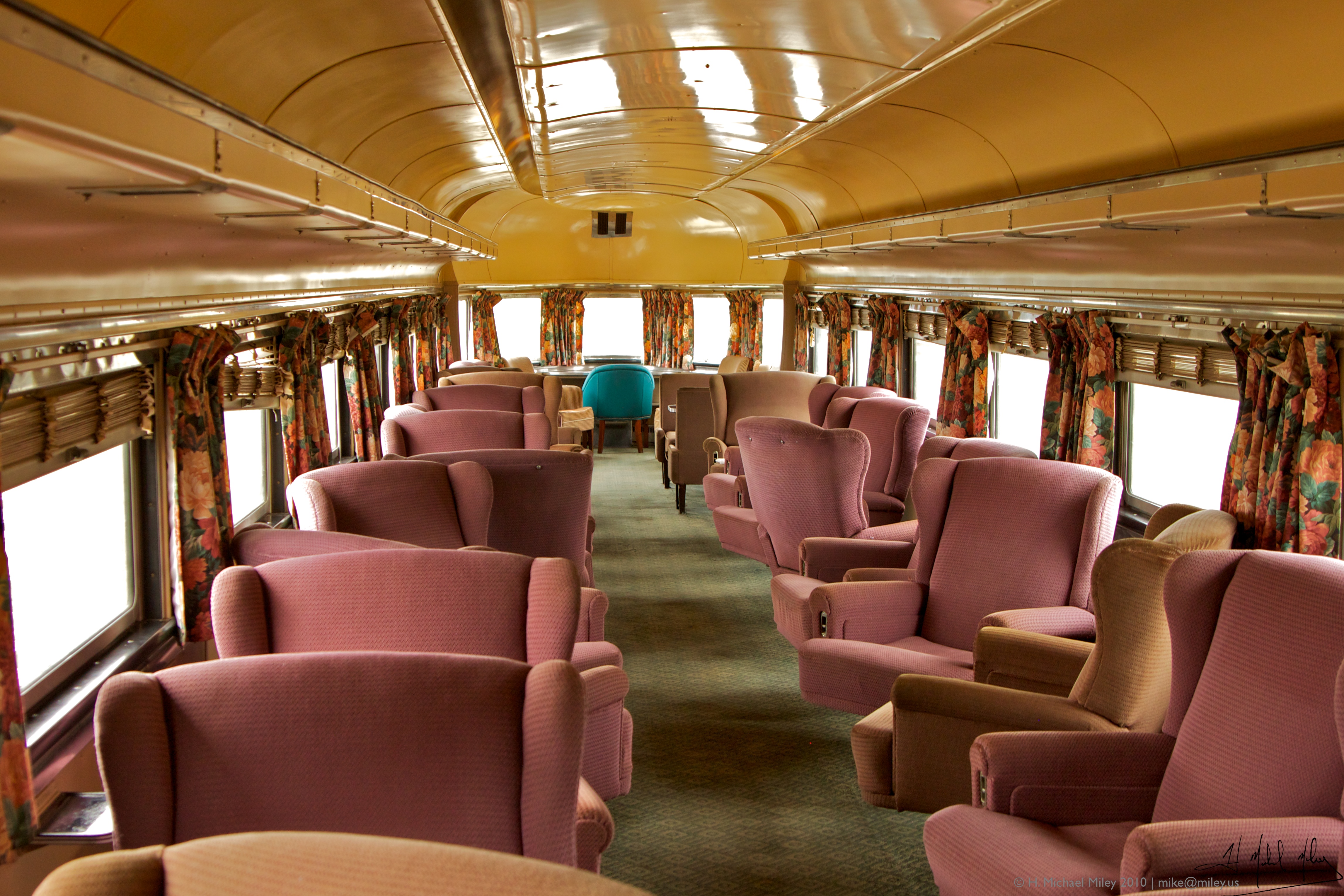|
Berlin-Warszawa-Express
The ''Berlin-Warszawa-Express'' (BWE) is a cross-border train service that connects Berlin and Warsaw via Frankfurt (Oder), operated jointly by Deutsche Bahn (DB Fernverkehr) and Polish State Railways (PKP Intercity). The service, classed as EuroCity, runs four times per day in each direction, with the services given the numbers 40–47. Total journey time is 5 hours, 24 minutes. History The ''Berlin-Warszawa-Express'' brand began in 2002, replacing the names of individual services which had been added to the EuroCity network over the previous decade. There were four pairs of services (EC 40–47) linking Berlin Zoologischer Garten and Warsaw Wschodnia, plus a fifth (48/49), which only ran from Berlin to Poznań, and as such didn't take the BWE name. This additional service was dropped in 2004, but restored in 2007, and since 2012, continues from Poznań to Gdańsk and Gdynia, under the name ''Berlin-Gdynia Express''. The service began to serve Berlin Hauptbahnhof after its openin ... [...More Info...] [...Related Items...] OR: [Wikipedia] [Google] [Baidu] |
Berolina (train)
Berolina was a named passenger train between Warsaw and Berlin via Frankfurt (Oder). Introduced in 1959, it went through a number of iterations, including a short period without a name. Part of the Interexpress network as IEx 242/243 from 1986, it became categorised as EuroCity trains 42 and 43 in 1992. The service was finally replaced by the Berlin-Warszawa-Express in 2002. Berolina is reintroduced as an ICE train from Berlin to Vienna in 2018. The train's name, ''Berolina'', is the New Latin name for Berlin and the allegorical female figure symbolizing the city. History Initially, the ''Berolina'' was operated using DRG Class 137 diesel multiple units (Bauart Köln). By the 1970s, these had been replaced by a rake of coaches hauled by DR Class 130 locomotives. For part of its existence, the train continued as a ''Schnellzug'' service (D 242/243) from Berlin to Paris, France, and then returned to Berlin (as D243), in each case via the Ruhr district and Belgium. However, ... [...More Info...] [...Related Items...] OR: [Wikipedia] [Google] [Baidu] |
Varsovia (train)
''Varsovia'', the Neo-Latin word for Warsaw, Poland, has been the name of two distinct EuroCity international express trains, each of them originating and terminating in Warsaw. Routes The first ''Varsovia'' ran between Warsaw and Berlin, Germany. Introduced in 1993, it was absorbed, minus its name, into the EuroCity ''Berlin-Warszawa-Express'' service in 2002. In 2012, a second ''Varsovia'' was introduced to link Warsaw with Budapest, Hungary, as an extended replacement for the EC ''Moravia'', which had run only between Ostrava in the Czech Republic and Budapest. See also * Vindobona (train) * History of rail transport in the Czech Republic * History of rail transport in Germany * History of rail transport in Poland * History of rail transport in Slovakia * List of EuroCity services * List of named passenger trains of Europe This article contains lists of named passenger trains in Europe, listed by country. Listing by country does eliminate some EuroCity services ... [...More Info...] [...Related Items...] OR: [Wikipedia] [Google] [Baidu] |
Berlin–Wrocław Railway
The Berlin–Wrocław railway (german: Niederschlesisch-Märkische Eisenbahn-Gesellschaft, roughly translating as "Lower Silesian-Marcher Railway", NME) was a German private railway that connected Berlin (then capital of the March of Brandenburg, ''Mark Brandenburg'') and Wrocław (in Lower Silesia, then part of Prussia, and called Breslau in German, now in Poland). It is one of the oldest lines in Germany, opened between 1842 and 1847 and acquired by the Prussian government in 1852. In 1920, it became part of the German national railways along with the rest of the Prussian state railways. History Beginning Around 1840 all the major countries of the German Confederation began to build main-line railways. From 1837 to 1839, the first German long-distance railway was built in Saxony, the Leipzig–Dresden railway. In 1837 Austria began building its Northern Railway. From 1838 to 1840 the first railways crossing state boundaries (the Magdeburg–Leipzig railway and the Anhalt ... [...More Info...] [...Related Items...] OR: [Wikipedia] [Google] [Baidu] |
Intercity (Deutsche Bahn)
Intercity is the second-highest train classification in Germany, after the ICE. Intercity services are loco-hauled express train services, usually over long-distances. There are Intercity routes throughout Germany, and routes generally operate with a two-hour frequency, with multiple routes giving a more frequent service on core routes. Intercity services are operated by the DB Fernverkehr sector of Deutsche Bahn. The ''Intercity'' name was introduced in Germany in 1971, replacing the old F-Zug category, and was the top category of train in Germany until the introduction of the ICEs in the early 1990s. With the proliferation of ICE services, the role of IC trains has diminished slightly, and they have taken on the character of many former InterRegio trains. Nonetheless, Intercity trains still offer a very high standard of speed and comfort – all services convey first class accommodation, and most include catering – usually a Bistro Cafe, but some services include a restaur ... [...More Info...] [...Related Items...] OR: [Wikipedia] [Google] [Baidu] |
Frankfurt (Oder)
Frankfurt (Oder), also known as Frankfurt an der Oder (), is a city in the German state of Brandenburg. It has around 57,000 inhabitants, is one of the easternmost cities in Germany, the fourth-largest city in Brandenburg, and the largest German city on the river Oder. Frankfurt sits on the western bank of the river, opposite the Polish town of Słubice, which was a part of Frankfurt until 1945, and called ''Dammvorstadt'' until then. The city is located about east of Berlin, in the south of the historical region Lubusz Land. The large lake Helenesee lies within Frankfurt's city limits. The name of the city makes reference to the Franks, and means ''Ford of the Franks'', and there appears a Gallic rooster in the coat of arms of the city. The official name ''Frankfurt (Oder)'' and the older ''Frankfurt an der Oder'' are used to distinguish it from the larger city of Frankfurt am Main. The city's recorded history began in the 13th century as a West Slavic settlement. During its ... [...More Info...] [...Related Items...] OR: [Wikipedia] [Google] [Baidu] |
First Class Travel
First class is the most luxurious and most expensive travel class of seats and service on a train, passenger ship, airplane, bus, or other system of transport. Compared to business class and economy class, it offers the best service and most comfortable accommodation. Aviation The First class (aviation), first-class section of a fixed-wing jet airliner is typically toward the front of the aircraft. Many airlines have removed first class altogether from their international flights, offering business class as their highest level of international service. First class passengers are usually allowed into Airport lounge, lounges at airports while they wait for their flights. Railways While first-class travel accommodation is common in intercity public transport rail services, they have become increasingly prevalent for commuters' short-distance daily travel, especially in rapid transit contexts, rather than longer-distance regional rail. Australia Australia has internal rail opera ... [...More Info...] [...Related Items...] OR: [Wikipedia] [Google] [Baidu] |
Gdynia
Gdynia ( ; ; german: Gdingen (currently), (1939–1945); csb, Gdiniô, , , ) is a city in northern Poland and a seaport on the Baltic Sea coast. With a population of 243,918, it is the List of cities in Poland, 12th-largest city in Poland and the second-largest in the Pomeranian Voivodeship after Gdańsk. Gdynia is part of a conurbation with the spa town of Sopot, the city of Gdańsk, and suburban communities, which together form a metropolitan area called the Tricity, Poland, Tricity (''Trójmiasto'') with around 1,000,000 inhabitants. Historically and culturally part of Kashubia and Pomerelia, Eastern Pomerania, Gdynia for centuries remained a small fishing village. By the 20th-century it attracted visitors as a seaside resort town. In 1926, Gdynia was granted city rights after which it enjoyed demographic and urban development, with a Modernist architecture, modernist cityscape. It became a major seaport city of Poland. In 1970, 1970 Polish protests, protests in and aroun ... [...More Info...] [...Related Items...] OR: [Wikipedia] [Google] [Baidu] |
Paderewski (train)
Ignacy Jan Paderewski (; – 29 June 1941) was a Polish pianist and composer who became a spokesman for Polish independence. In 1919, he was the new nation's Prime Minister and foreign minister during which he signed the Treaty of Versailles, which ended World War I. A favorite of concert audiences around the world, his musical fame opened access to diplomacy and the media, as possibly did his status as a freemason, and charitable work of his second wife, Helena Paderewska. During World War I, Paderewski advocated an independent Poland, including by touring the United States, where he met with President Woodrow Wilson, who came to support the creation of an independent Poland in his Fourteen Points at the Paris Peace Conference in 1919, which led to the Treaty of Versailles.Hanna Marczewska-Zagdanska, and Janina Dorosz, "Wilson – Paderewski – Masaryk: Their Visions of Independence and Conceptions of how to Organize Europe," ''Acta Poloniae Historica'' (1996), Issue 73, ... [...More Info...] [...Related Items...] OR: [Wikipedia] [Google] [Baidu] |
DR Class 130 Family
The DR 130 family of locomotives comprises the DR Class 130 (''DBAG Class 230''), DR Class 131 (''DBAG Class 231''), DR Class 132 (''DBAG Class 232'' as well as Classes ''233'', ''234'' and ''241'' produced through modifications) and DR Class 142 (''DBAG Class 242''), in USSR locomotive called TE109 (DBAG 230/1/2) and TE129 (DBAG 242). They were produced in the Soviet Union in Luhansk, Ukraine from the 1970s onwards, and were imported into the GDR. After the reunification of Germany the Deutsche Bahn (DBAG) inherited them and continue to make use of them mainly as heavy freight locomotives. Nicknamed ''Ludmilla'', over 700 units were produced between 1970 and 1982. Two of these machines are classed as works vehicles with the designation Class 754. History During the 1960s the East German government decided to focus on diesel traction. Due to RGW guidelines the GDR had to stop their production of diesel-hydraulic locomotives. Instead GDR imported heavy-duty engines from th ... [...More Info...] [...Related Items...] OR: [Wikipedia] [Google] [Baidu] |


.jpg)



